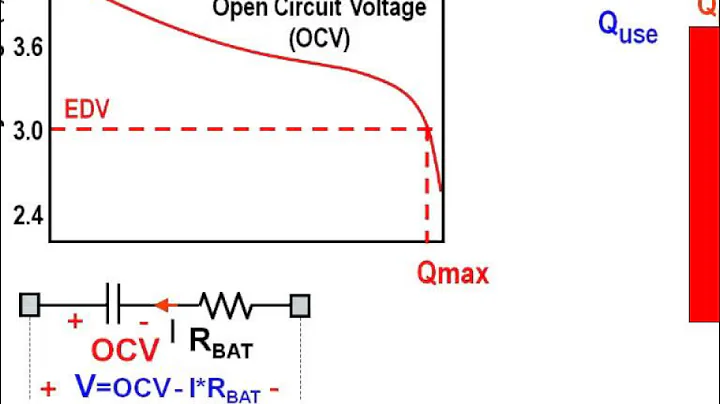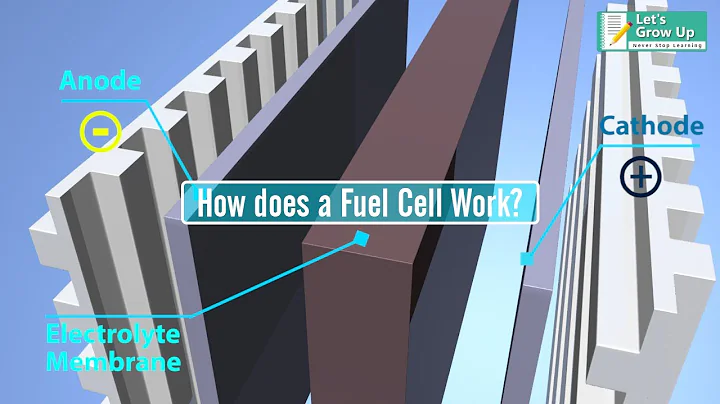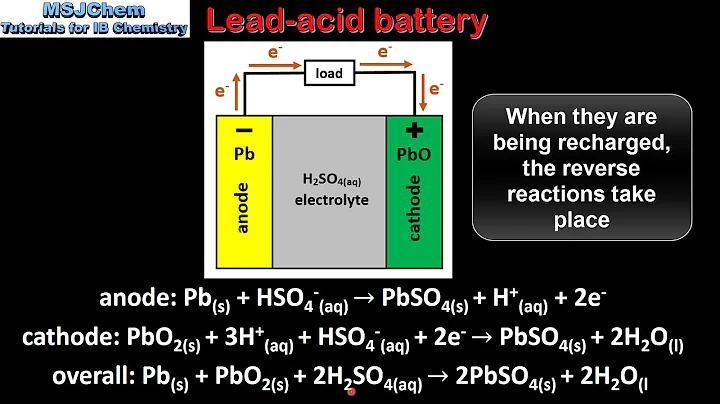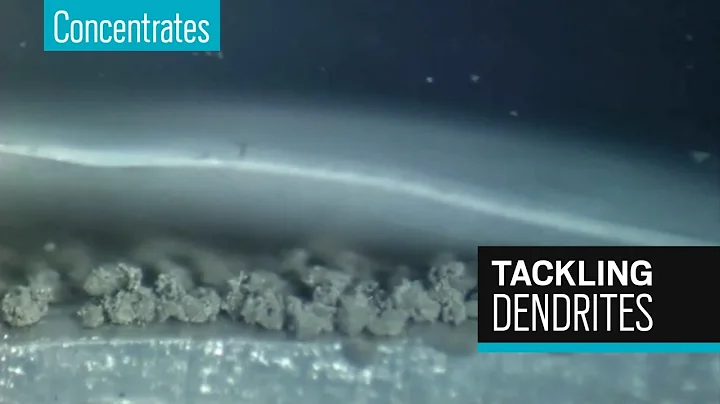I have heard of lithium batteries, hydrogen fuel cells , aluminum batteries , lead batteries, etc. Have you heard of biological batteries ? Recently, Binghamton University developed a biobattery composed of three layers of bacteria, which really made the author sigh. This bio-battery uses solar energy and the electricity it emits can power IoT devices for several weeks. Seokheun Choi, a professor at Binghamton University, has been studying biobatteries for many years. The electricity provided can only provide power for a few hours, which is not enough. Now this three-layer bacterial method of forming a biobattery has greatly improved the duration of power supply through structural optimization. , so that IoT devices are completely sufficient. How did

break through?
Professor Choi has been studying bacterial biobatteries for many years, but the power provided by bacterial batteries for only a few hours has troubled the professor for many years. Perhaps based on a reminder of the upgrading of new energy batteries in recent years, the professor began to make a fuss about structural design. The bacterial biobattery is divided into three layers. The top layer is used for photosynthesis , and the bottom layer is used to convert solar energy into electrical energy. It is through improvements in structural design that the power generation capacity is qualitatively improved.. In the newly upgraded bacterial battery of
, different bacteria can perform their own duties, allowing us to see more possibilities of biological batteries. It can be predicted from the upgrades of new energy batteries in recent years that scientists are likely to achieve greater breakthroughs through structural adjustments in the future. A new idea can help scientists achieve breakthroughs in the short term that were not possible in the past many years. It sounds weird, but it really happens. How are

new energy batteries updated?
In the early days of new energy batteries, the competition was based on chemical performance. In the end, everyone recognized that lithium batteries were superior to other types of batteries. After that, the competition was about the upgrade of structural design. For example, the Kirin battery recently released by Ningwang has a cruising range that can easily exceed 1,000 kilometers, relying on continuous upgrades in structural design. The volume utilization rate has increased directly from 50% in the first generation to 72%. The overall battery has changed, but the small battery inside is still the same as before.
I don’t know if it is inspired by new energy batteries, but bacterial biobatteries have indeed made a qualitative leap through structural design adjustments. If bacterial batteries want to be further improved in the future, they will most likely have to make a fuss about structural design. In fact, bacterial batteries are not the earliest biological batteries. Before the birth of bacterial batteries, scientists had tried to use biology as a battery. It was a cyanobacteria battery .

A plant-powered biological battery
only needs sunlight and water to provide uninterrupted power supply for more than 6 months. This is a battery made from a plant called cyanobacteria . Last year, a scientist from the University of Cambridge set up a computer device powered by algae batteries next to the window of his home. This is the photovoltaic cell with biological participation. It is about the same size as the ordinary AA battery , with a plastic and light-quality shell on the surface. The algae responsible for generating electricity is a cyanobacteria belonging to the genus Synechocystis.
As for why cyanobacteria batteries can produce electricity, the research team led by Paolo Bombelli put forward two different hypotheses, and it was based on these two hypotheses that the research and development was carried out. One is the bioelectrochemical model, in which cyanobacteria generate electrons and transfer them to the aluminum anode through the cell membrane to generate current; the other is the electrochemical model, in which microorganisms create suitable conditions for aluminum anode oxidation or release of electrons.

is written at the back
Energy issues have always been a concern of all countries around the world. Countries have made various attempts to this end. In order to ensure the country's energy security, it is necessary to pursue energy diversification. Our country not only has thermal power plants, but also wind energy, water energy, and solar energy. On this basis, we also vigorously develop nuclear power energy.Some netizens questioned why nuclear power is being vigorously developed when nuclear power plant explosions are so terrifying.

In fact, nuclear power technology is very mature and not as scary as ordinary people think! Ordinary people have misunderstandings about nuclear power, mainly due to the influence of some image data. In fact, nuclear power is considered the future of global energy. It has many advantages such as high efficiency, cleanliness, and recyclability. As long as it is used rationally, it is an ideal energy source. And in the aerospace field, nuclear power also has an irreplaceable position. The advent of biological batteries such as
cyanobacteria batteries and bacterial batteries has opened up more new possibilities for our energy sources. These bio-batteries have many advantages, such as being recyclable and clean, and are in line with the concept of energy diversification. I believe that with the guidance of the concept of structural optimization, bacterial biobatteries will have the opportunity to achieve greater breakthroughs in the future!

"Bacteria Battery" was successfully developed! Clever use of bioelectricity to generate electricity for several weeks at a time
"Bacteria" generate electricity? Binghamton University announces good news, it can provide several weeks of electricity
The pictures in this article are all from the Internet. If there are any copyright issues, please contact the author to delete them!





















